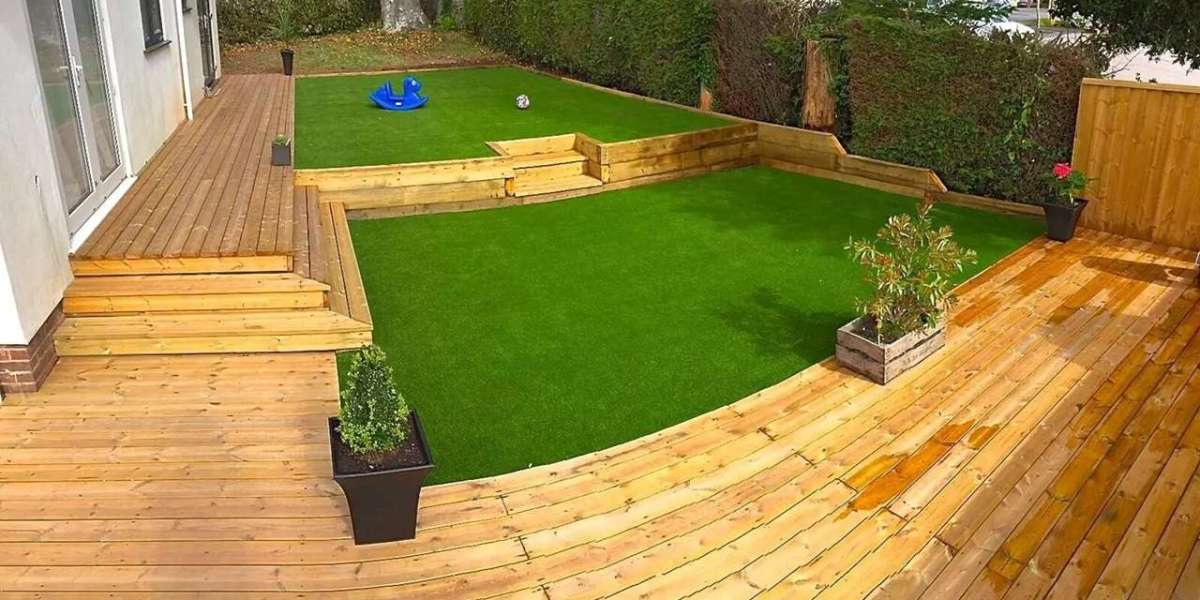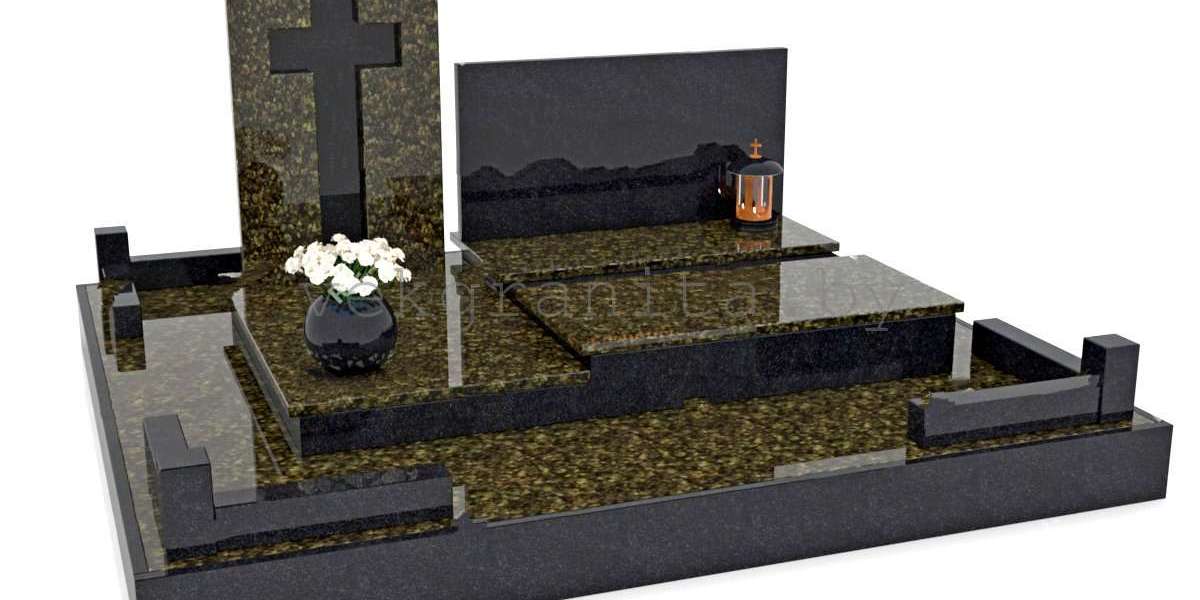Sustainability is top of mind for many Kiwi homeowners, schools, and businesses — and rightly so. But when it comes to landscaping, is artificial grass NZ truly an eco-friendly choice? While it may not seem intuitive, synthetic turf can offer several environmental benefits compared to natural grass when installed and managed responsibly.
1. Significant Water Savings
One of the most immediate eco-benefits of synthetic turf is water conservation. Traditional lawns require thousands of litres of water per year — especially during NZ’s dry summer months. Artificial grass eliminates that need entirely, helping reduce water bills and pressure on local supplies.
In urban areas with water restrictions, this is a game-changer.
2. No Pesticides or Fertilisers
Maintaining a lush natural lawn often means using chemical fertilisers, weedkillers, and pesticides. These substances can leach into the soil and waterways, harming native plants and aquatic life. Artificial turf needs none of these — making it a safer choice for pets, kids, and the environment.
3. Low Emissions Over Its Lifetime
Yes, synthetic turf has a carbon footprint during manufacturing and transport. But over its 10–15+ year lifespan, the emissions saved from avoiding regular mowing (especially with petrol-powered tools), irrigation, and chemical use can outweigh the initial impact — particularly when recycled materials are used.
4. Reduces Green Waste
No mowing = no clippings = less organic waste heading to landfill or compost. For schools, businesses, and councils managing large green areas, this reduction in green waste is a measurable benefit.
5. Permeable & Drains Effectively
Modern turf systems — especially when installed with a proper base — are permeable. They allow rainwater to pass through into the soil, helping maintain healthy groundwater levels and reducing runoff, flooding, or erosion during heavy downpours.
6. Recyclable Turf Options
Some artificial grass NZ systems are now designed with end-of-life recycling in mind. Look for manufacturers and installers (like TigerTurf) who use recyclable materials and offer take-back programmes or guidance for turf disposal.
Points to Consider
- Heat retention: Artificial grass can retain heat in direct sun. Consider placement, shade structures, or light-coloured infill to reduce this effect.
- Soil health: In areas where deep-root ecosystems are essential (like bush reserves), turf might not be the best choice. But for low-impact zones, it can be ideal.
Greener Lawns, Smarter Choices
While it’s not a one-size-fits-all solution, artificial grass in NZ can absolutely be part of a sustainable landscaping approach — especially when combined with smart design, eco-friendly materials, and long-term planning.
Want to make your outdoor space greener — without the environmental cost?
Explore low-maintenance, water-saving turf options at TigerTurf New Zealand.



